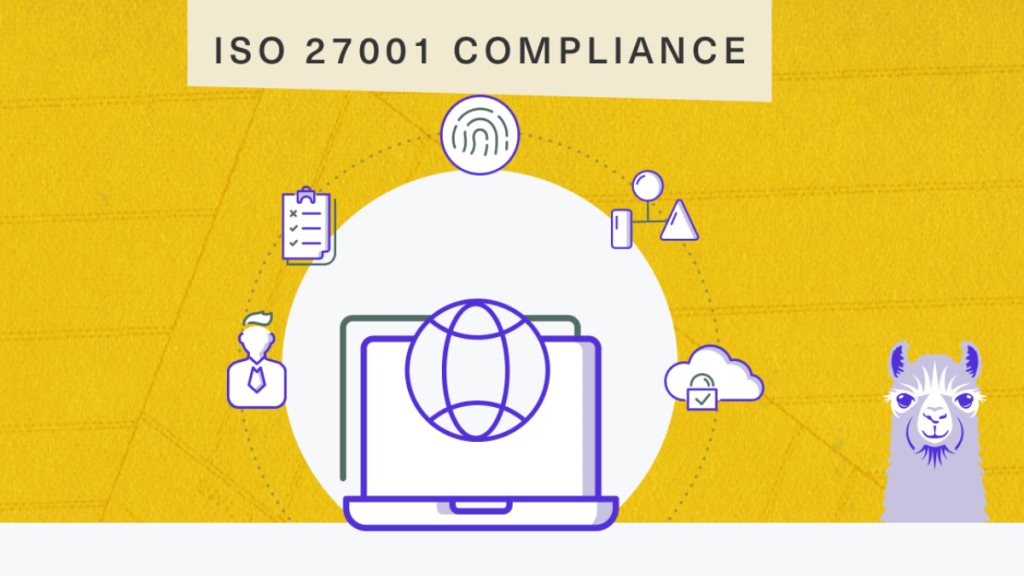What is ISO 27001 Certification?
This international standard was developed in 2005 by the International Organization for Standardization (ISO) and the International Electrotechnical Commission to help companies manage information security and privacy. In 2013, the standard was revised to reflect newer security and privacy regulations. It outlines a management process that should be followed to ensure a company’s information is secure. The standards are based on best practices to help businesses protect sensitive information and keep employees and customers safe.
To achieve ISO 27001 certification, an organization must first prepare for it. This involves reviewing and documenting many processes, which should be done systematically. By documenting these processes, the company can share and maintain a common reference among all team members, which is essential for avoiding the loss of important information in the event a key member of the company leaves. It also helps the organization avoid losing valuable knowledge when someone leaves the company.
How Do ISO 27001 Audits Work?
If you are planning to go for an ISO 27001 certification, then you must know how the process works. First, you have to make a plan of what is included in the audit. If you have a large organization, you can plan a one-day audit with the help of consultants. If you only have a small business, however, you can plan an audit by yourself. This is a much better option as it will give you more time to prepare and will help you get ready for the audit.
Secondly, you must prepare for the audit. The scope of an internal audit must be defined based on the risks that you are exposed to. If you’re planning to go for an external audit, then you must be prepared to explain what you’re doing and why. An ISO 27001 internal audit will be more thorough than an internal one, as it will be more thorough and focused. You can use information from your ISMS policy, industry research, and reports to guide the audit. Finally, you have to make sure that the scope of the audit is relevant.
Once you’ve obtained ISO 27001 certification, you must continue to follow the standards of information security. This is the hardest part because it’s not easy to keep up with the standards. It takes leadership to maintain the standards that have been set by the organization. A company’s leadership has to ensure that its employees continue to follow the policies and procedures. Besides training, existing and new employees need to pass a yearly test to maintain the certification.
ISO 27001 And Risk Management
ISO 27001 is a global standard for information security, and it focuses on risk management. The purpose of risk management is to help organizations determine how best to balance their needs for productivity and security. A well-executed risk management plan is essential to certification. It identifies potential risks and evaluates the likelihood and impact of each. It also requires the development of a risk treatment plan, which records the organization’s response to identified risks.
Risk management is a core aspect of ISO 27001 implementation. It begins with defining the scope of the implementation, including physical, virtual, and human assets. Then, the organization conducts a risk assessment to identify potential risks and determine the appropriate controls to implement. Once these risks have been identified, the entity creates a risk treatment plan, which identifies the steps required to mitigate them. The organization performs the risk assessments themselves, and the certifying body only audits the documentation.
ISO 27001 Controls And Requirements
The first step in implementing the ISO 27001 controls and requirements is to implement them at the organizational level. These controls are called ‘configurations’ and are important to the overall security of the company’s information systems. These configurations are important because they ensure that all internal processes are secure and that all external processes are as secure as possible. For example, the organizational structure should be clear and easily understood.
Compliance and risk assessment are critical parts of ISO27001 controls and requirements. These controls help an organization identify and mitigate risks in real-time. Additionally, the standard offers valuable insight into the industry and expertise in the certification process. By implementing these controls and procedures, your organization can build a stronger information security management system. Once your ISMS is certified, you can focus on ensuring that your information security management system is up to date.
Once you’ve determined which controls are most applicable to your company, you can begin the process of implementing them. Annex A is a quick overview of the controls, and it is a good reference for determining which ones to implement in your ISMS. However, if you are looking for a more detailed look at the controls, we recommend reading ISO 27002, a supplementary standard in the ISO 27000 series. This supplementary standard gives you a thorough overview of the information security controls that your organization must adopt. Each control has a description and example of how to implement it, and the details of how to implement them are provided.
Finally
To be successful in ISO 27001 certification, organizations must conduct extensive preparation. A comprehensive audit of processes is necessary to ensure that the organization is meeting the requirements. This process involves changing and documenting existing controls. Then, the organization must implement additional controls to achieve certification. This comprehensive review process is essential for a company to maintain certification. In addition to demonstrating its compliance, ISO 27001 will also enhance the credibility of the organization.

